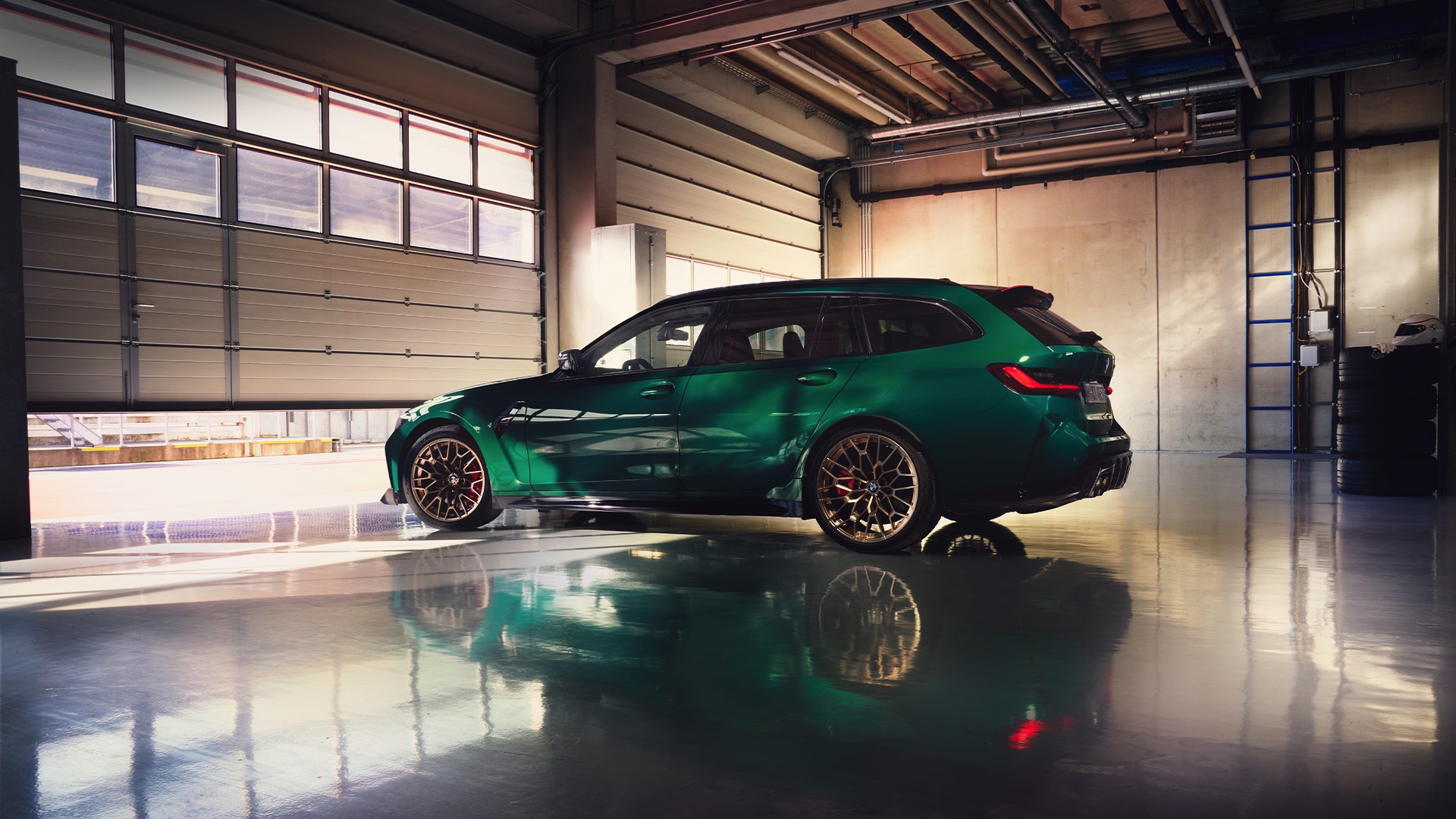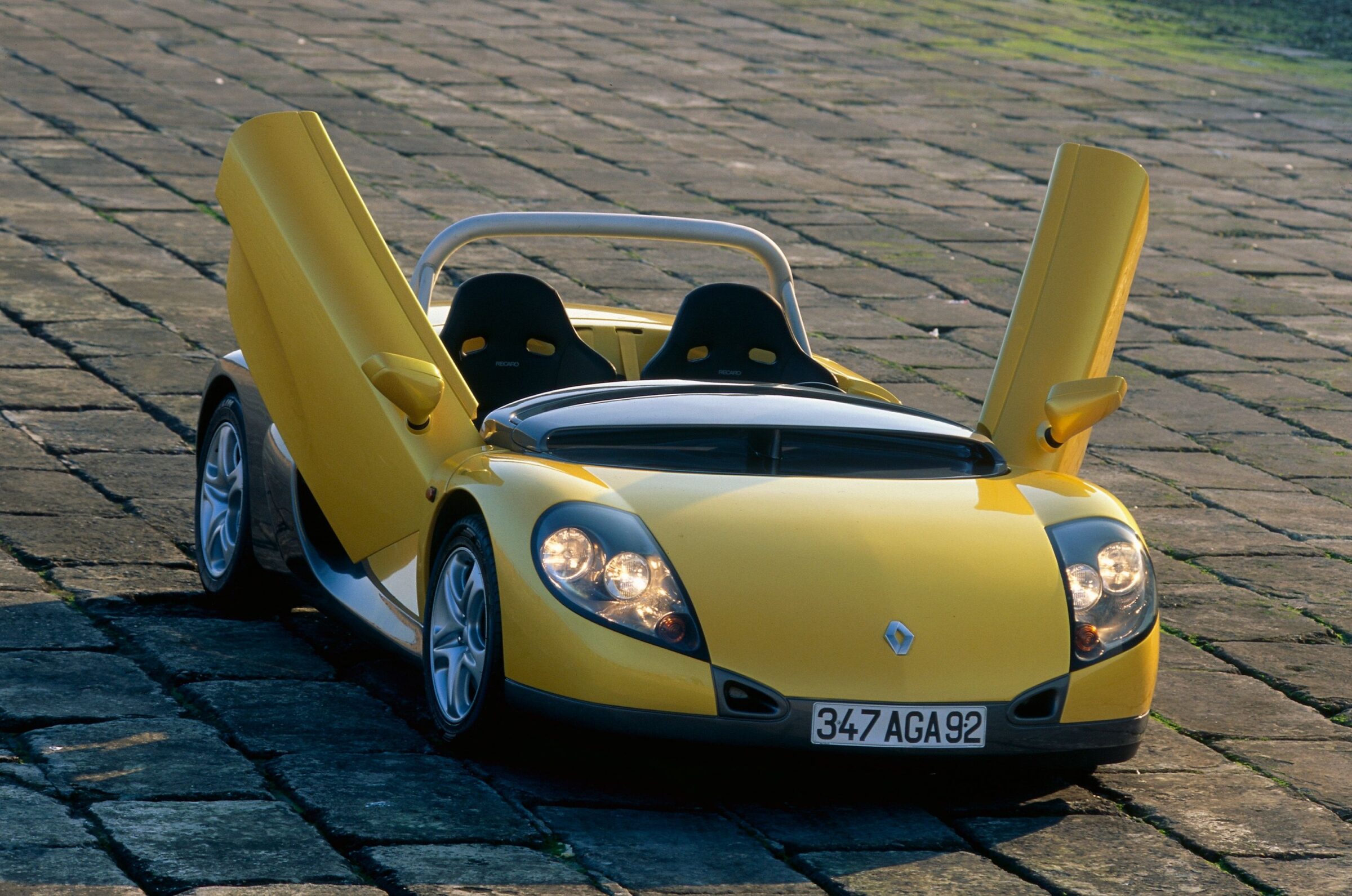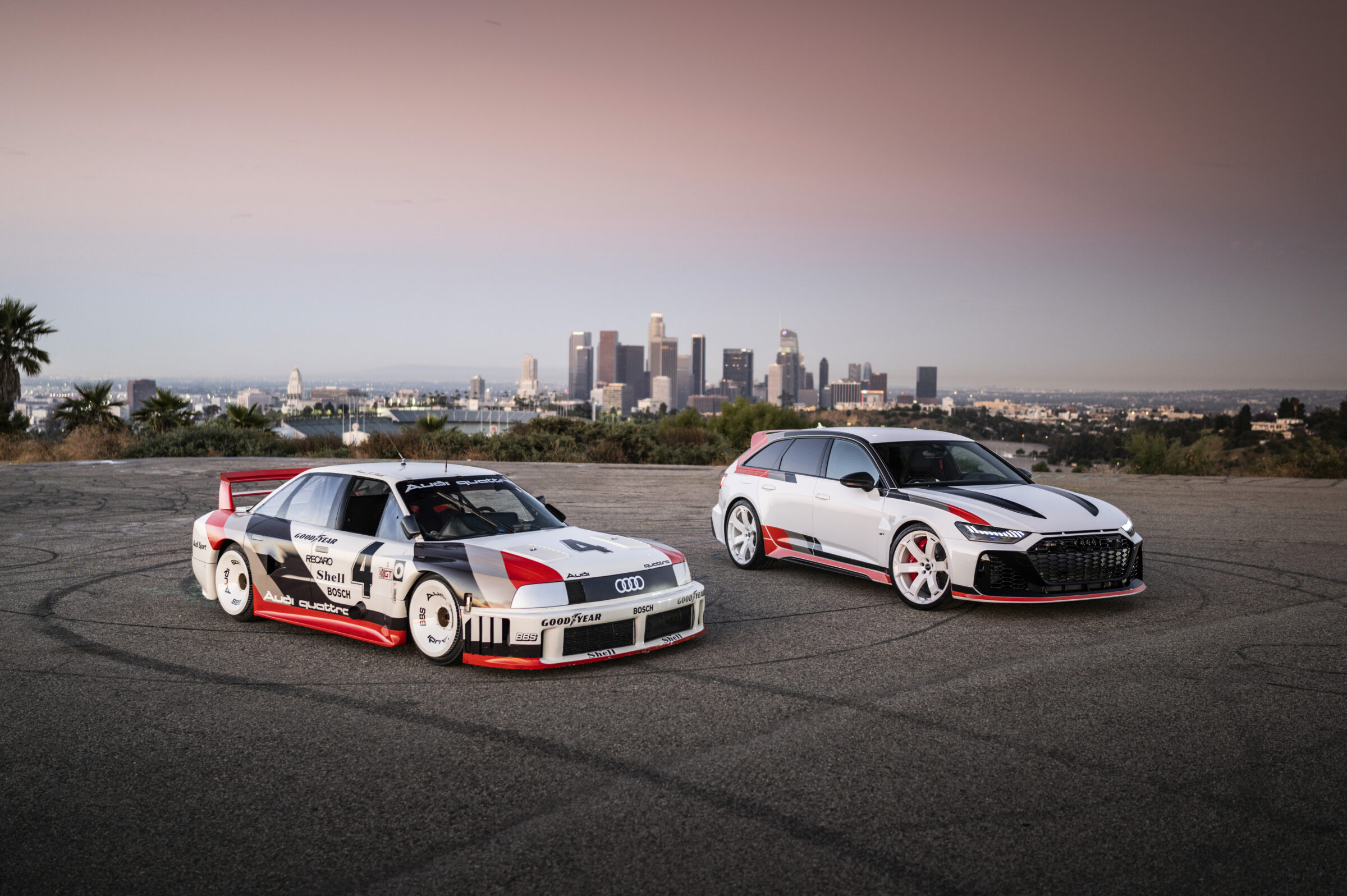Pegaso – The forgotten sports car brand
Do you know the names Wifredo Pelayo Ricart Medina and Juan Antonio Suanzes Fernández? Most likely not. Likewise Ettore Pagani and Aldo Pagani may be unknown to you, even if the surname nowadays rings a bell in the modern world of supercars. However, the two brothers are not related to the designer and engineer Horacio Pagani. Instead, they worked as engineers on an unusual project from today’s point of view in Spain in the time of the Franco regime. To get to this point, we have to turn back the time even more, namely to the year 1904, when the luxury car brand Hispano-Suiza was founded in Barcelona by Swiss engineer and designer Marc Birkigt. Until the Spanish Civil War in 1936, the company produced high-quality sedans and sporty touring vehicles, but then changed production to military products by government order. Two years later, the production in the branch in Paris, which had been built up in the meantime, ended with the outbreak of World War 2. In Barcelona production ran a little longer, but mostly aircraft engines and cannons were manufactured.
After Marc Birkigt had left his own company in 1938, to found another company under the name ‘Hispano-Suiza (Suisse)’ in his hometown Geneva to produce cannons, mopeds and other developments, the original Hispano-Suiza founded together with some other Spanish companies and the Banco Urquijo the new car factory S.I.A.T. (Sociedad Ibérica de Automóviles de Turismo), which later changed into Seat. Five years later, the Franco government nationalized the automobile plant and renamed it in 1946 into ENASA (Empresa Nacional de Autocamiones S.A.). The chief designer was Wifredo Ricart, who had previously studied at the engineering school in Barcelona, then presented his first own car in 1926 at the Paris Motor Show and produced a low-volume series of the Ricart-España. Afterwards he became a senior engineer at Alfa Romeo, where he worked with a certain Mr Enzo Ferrari. According to some sources both didn’t like each other and Enzo Ferrari left Alfa Romeo because of Ricart. Under the brand name Pegaso various different commercial vehicles for the Spanish market were developed, as due to punitive tariffs foreign products were hardly available.


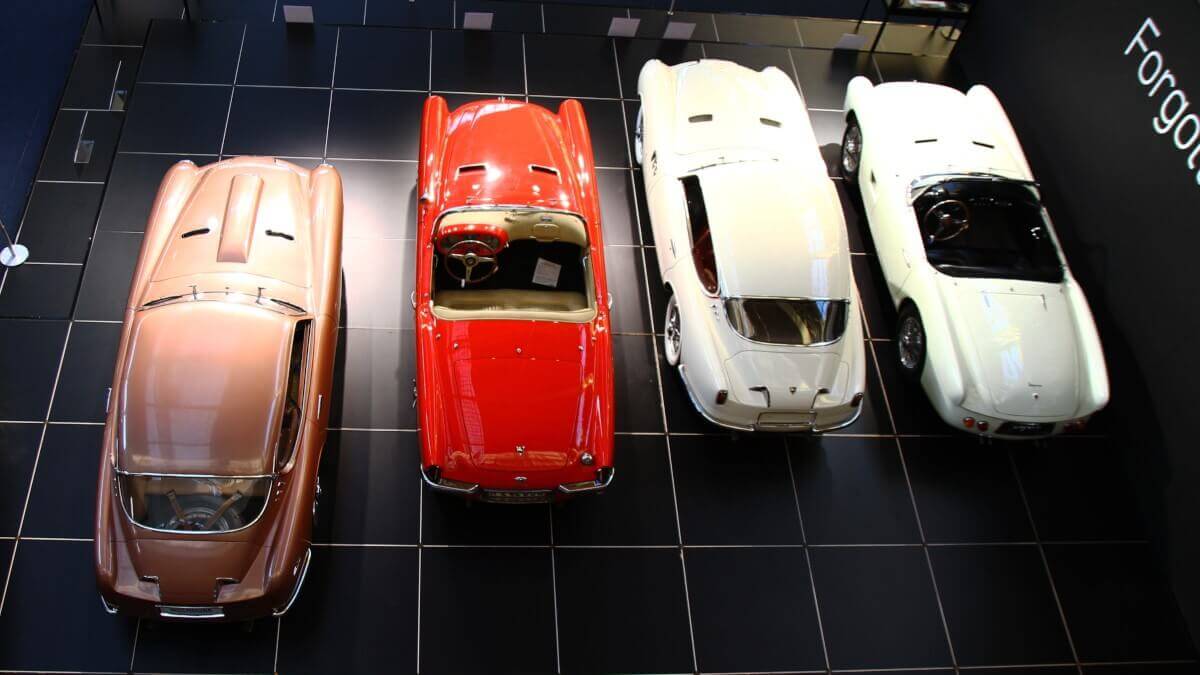



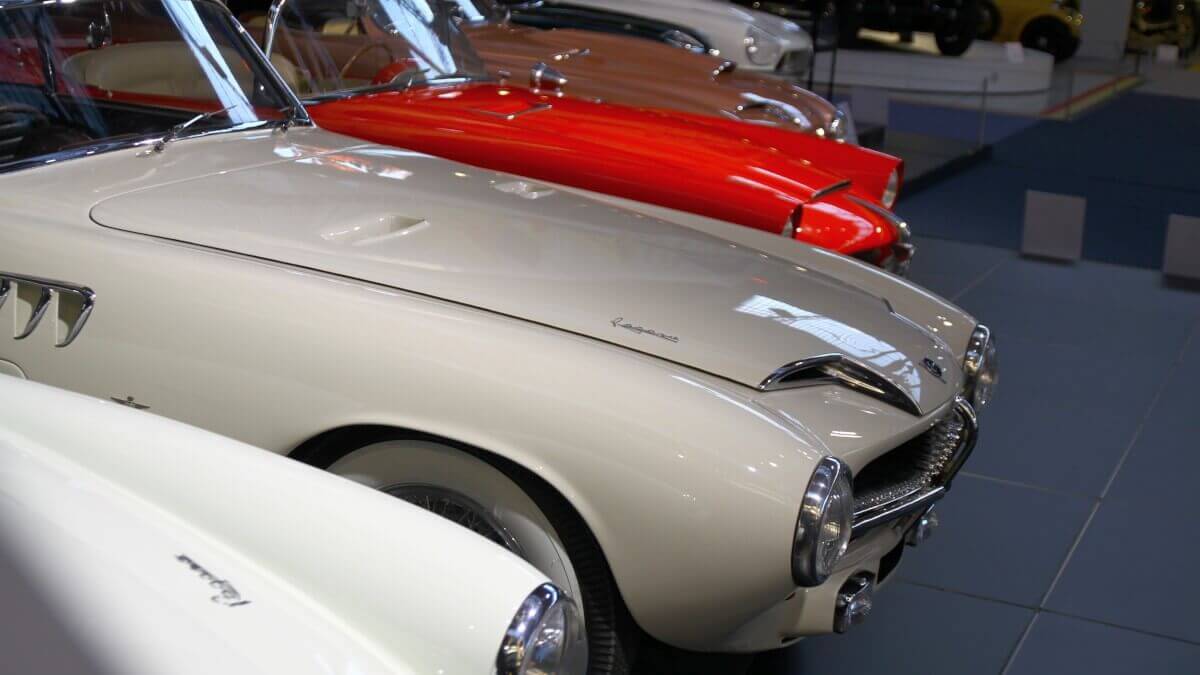



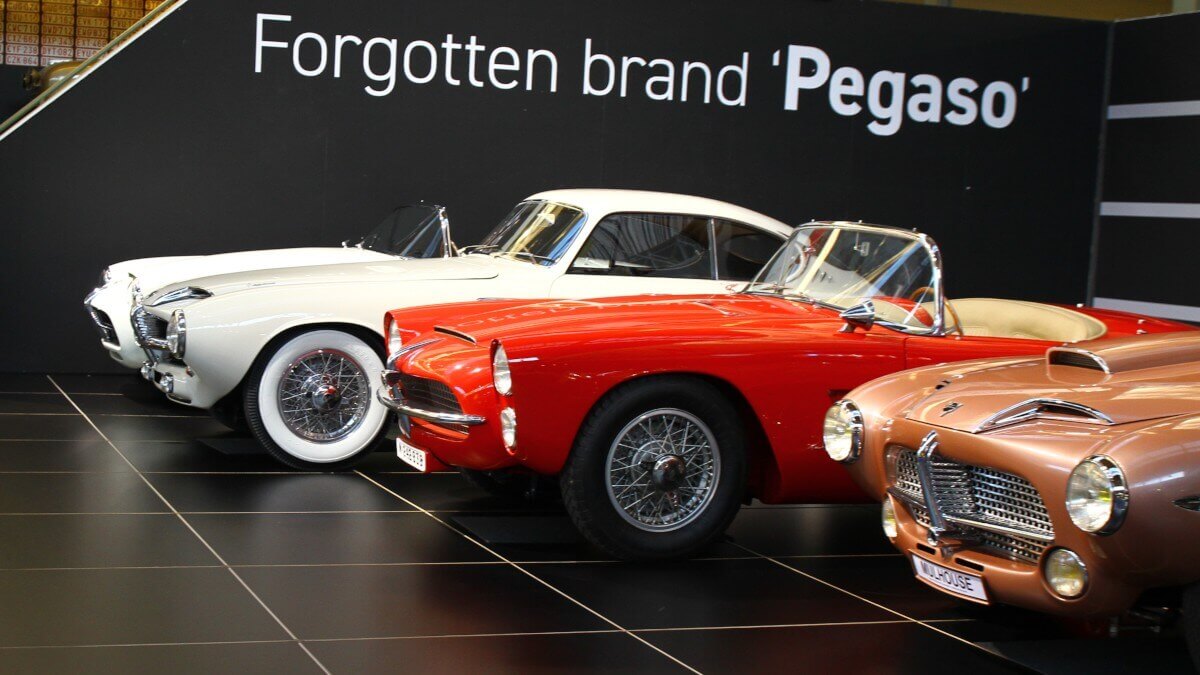



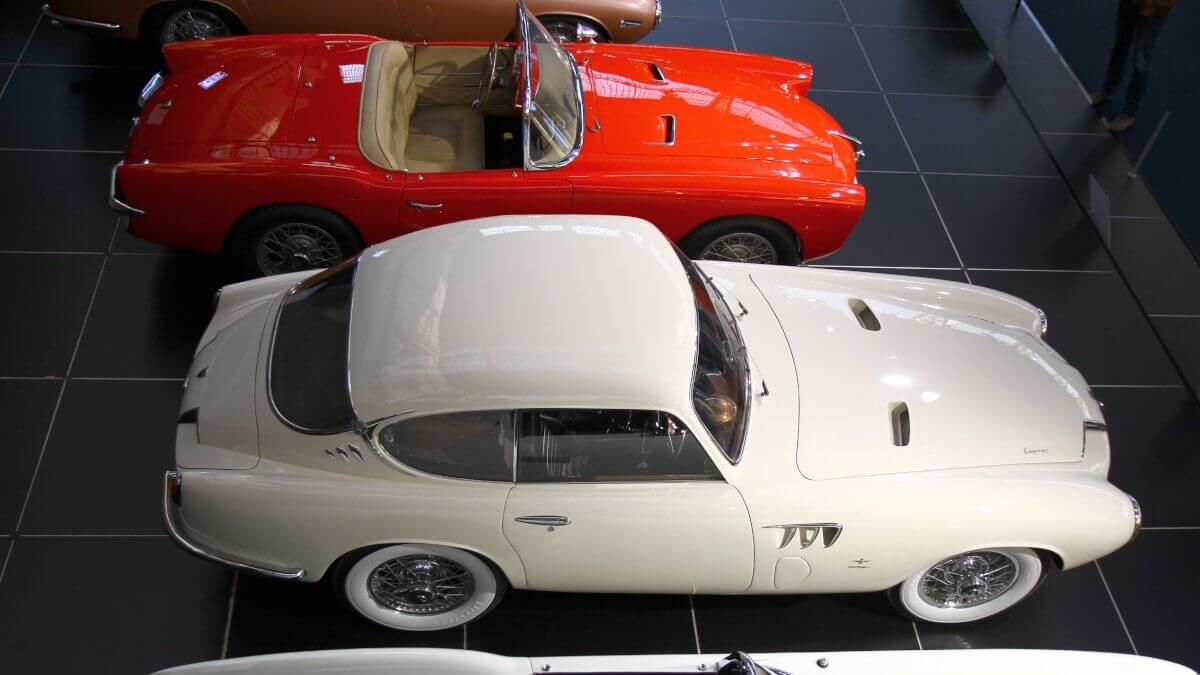



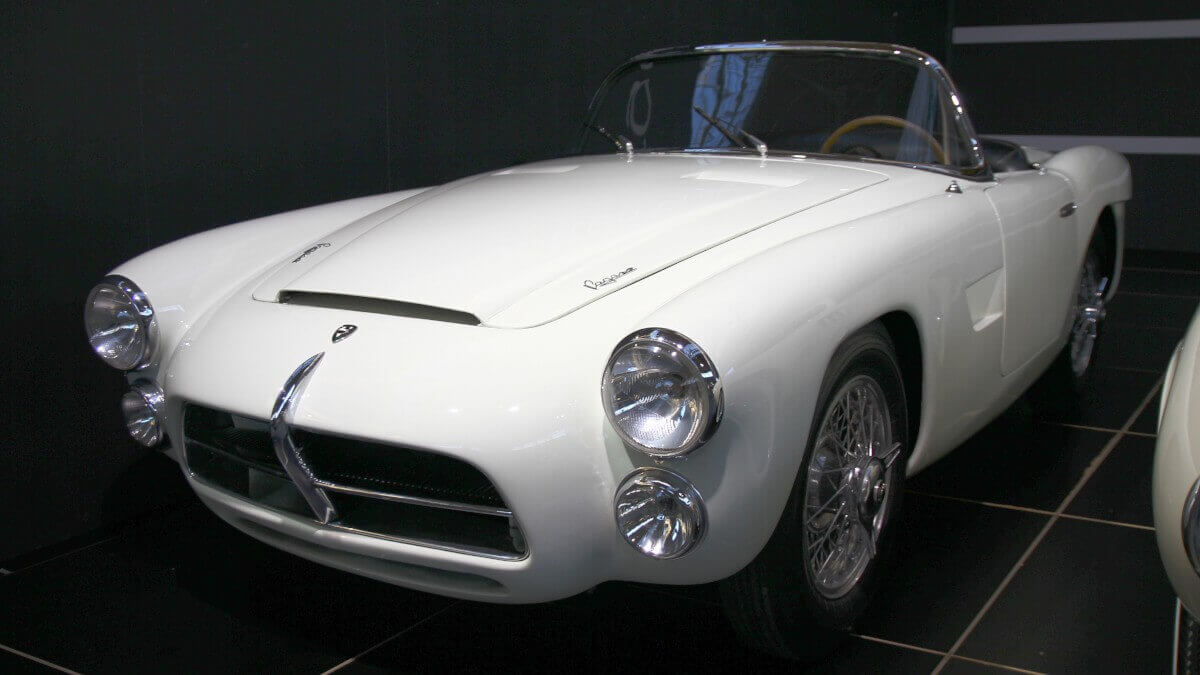

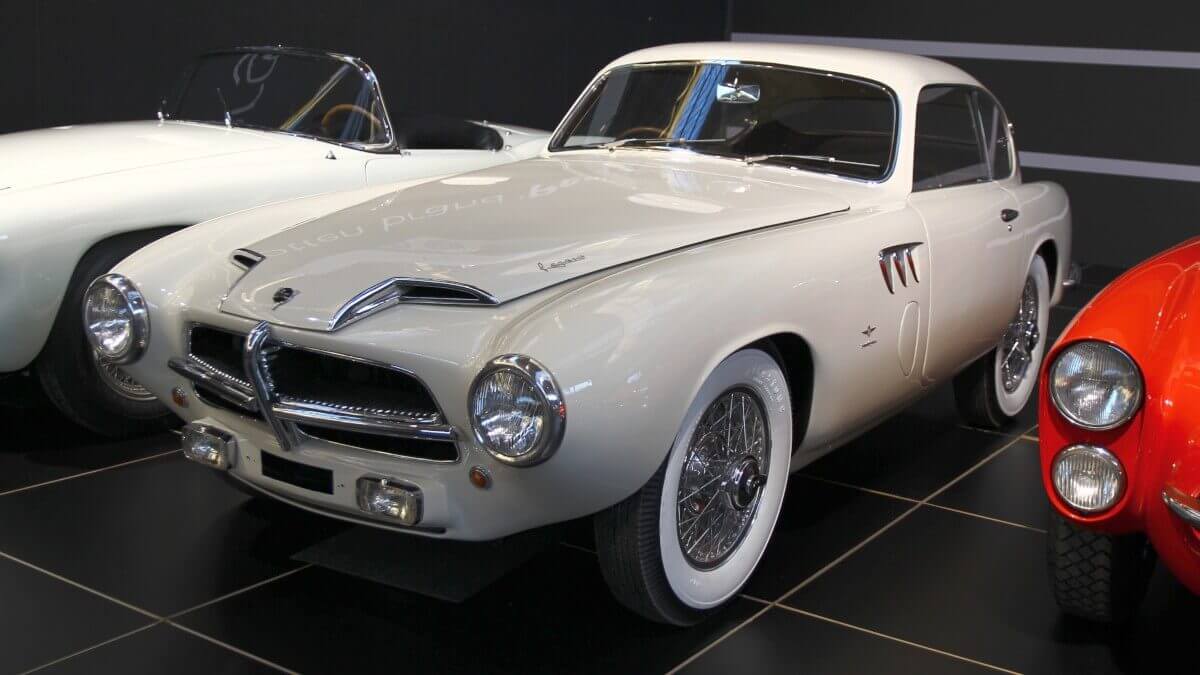

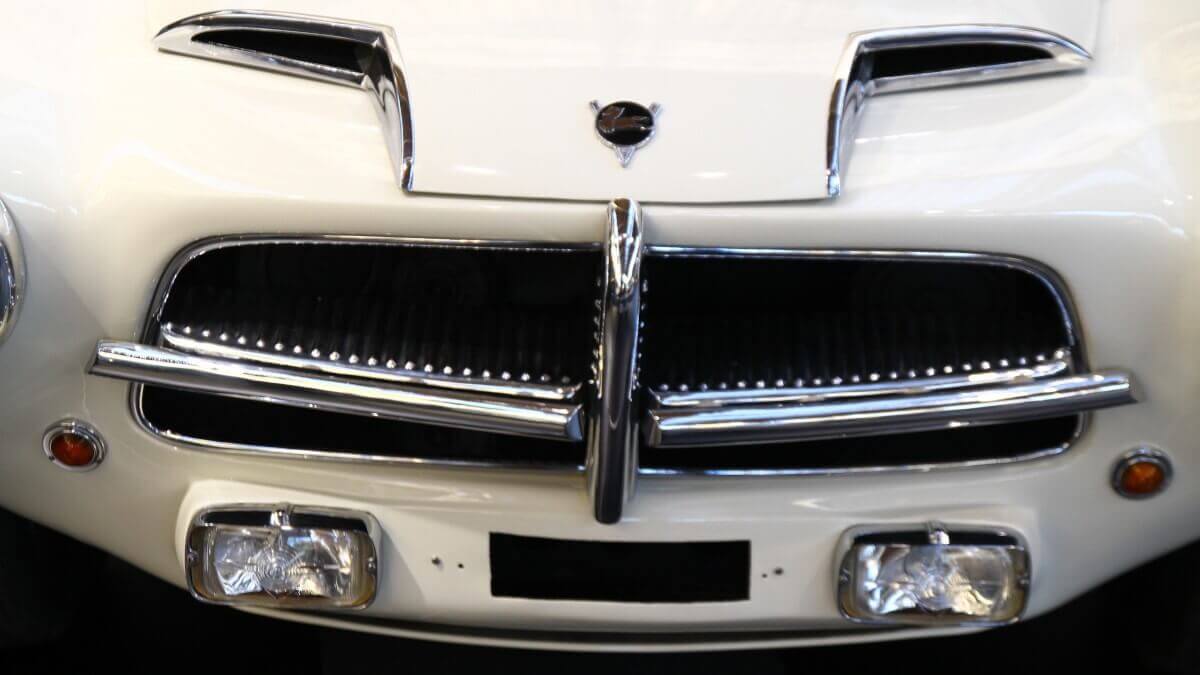







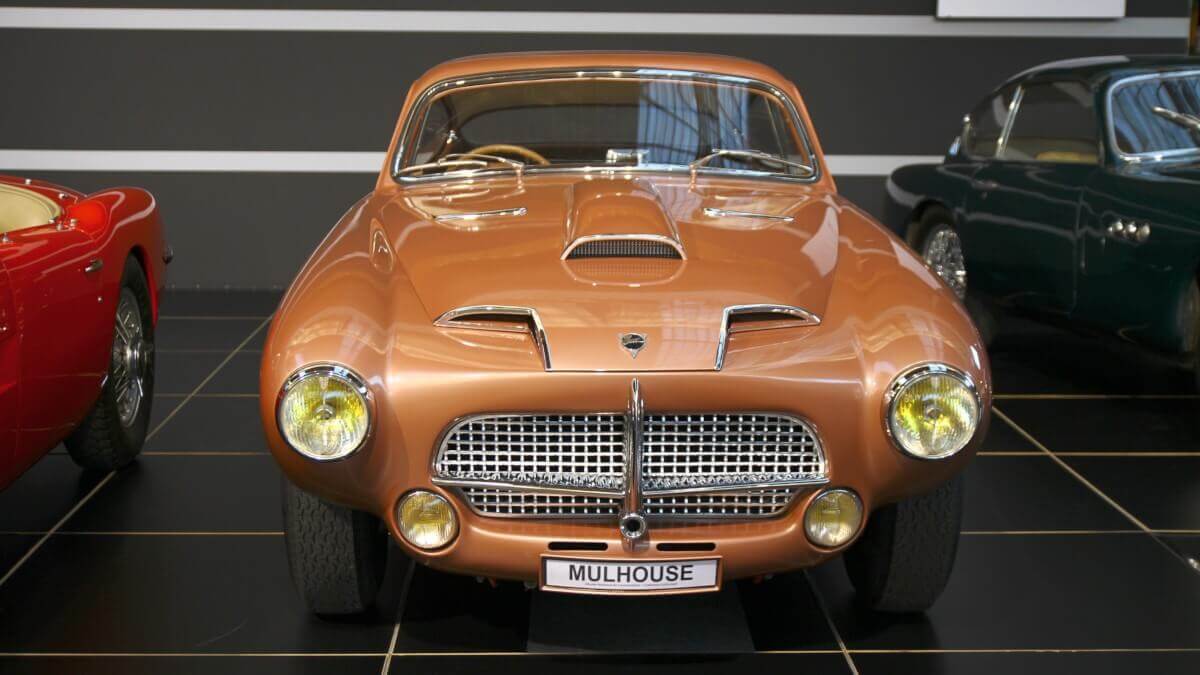



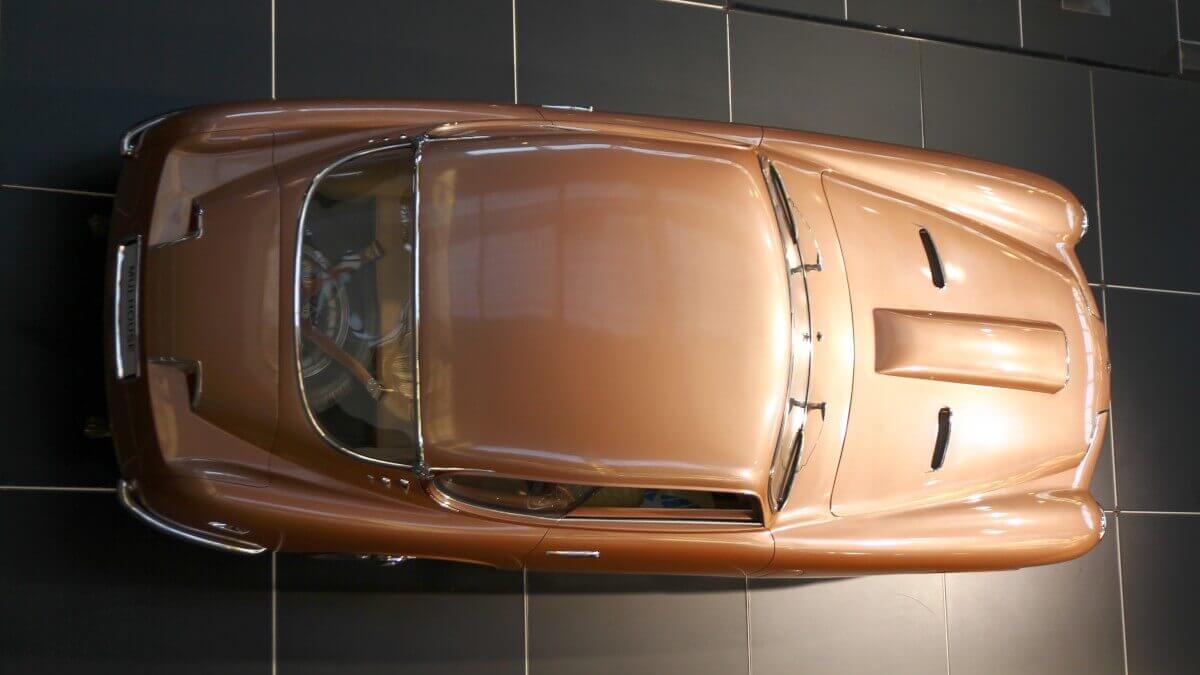





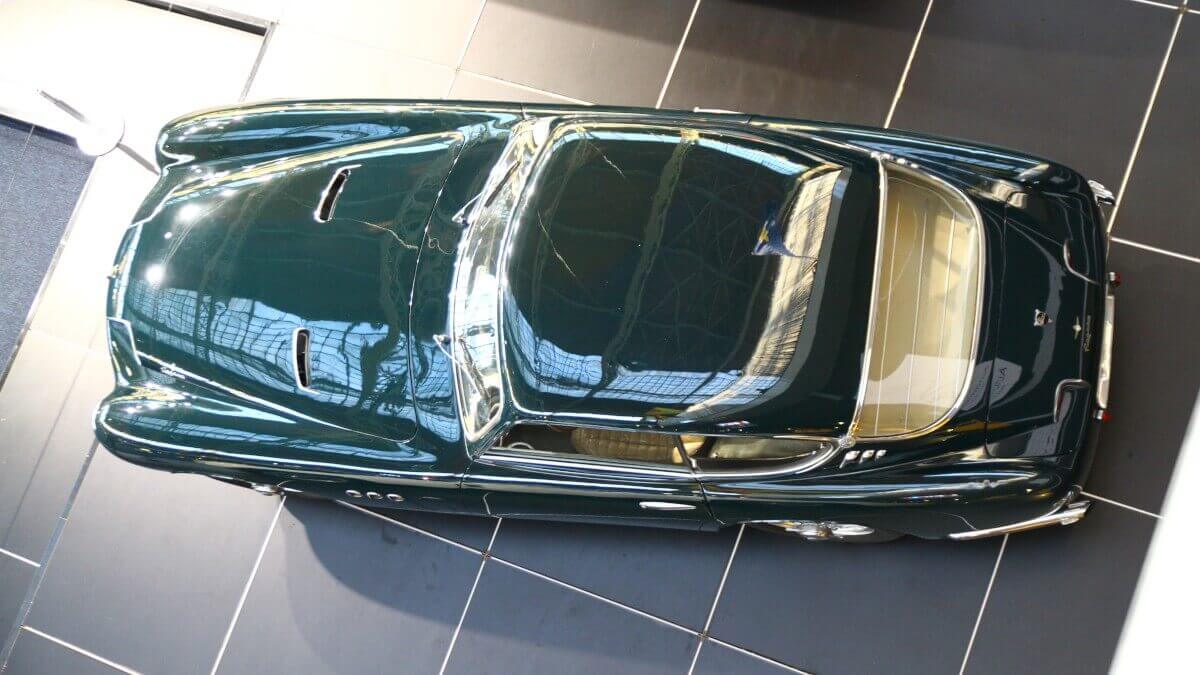

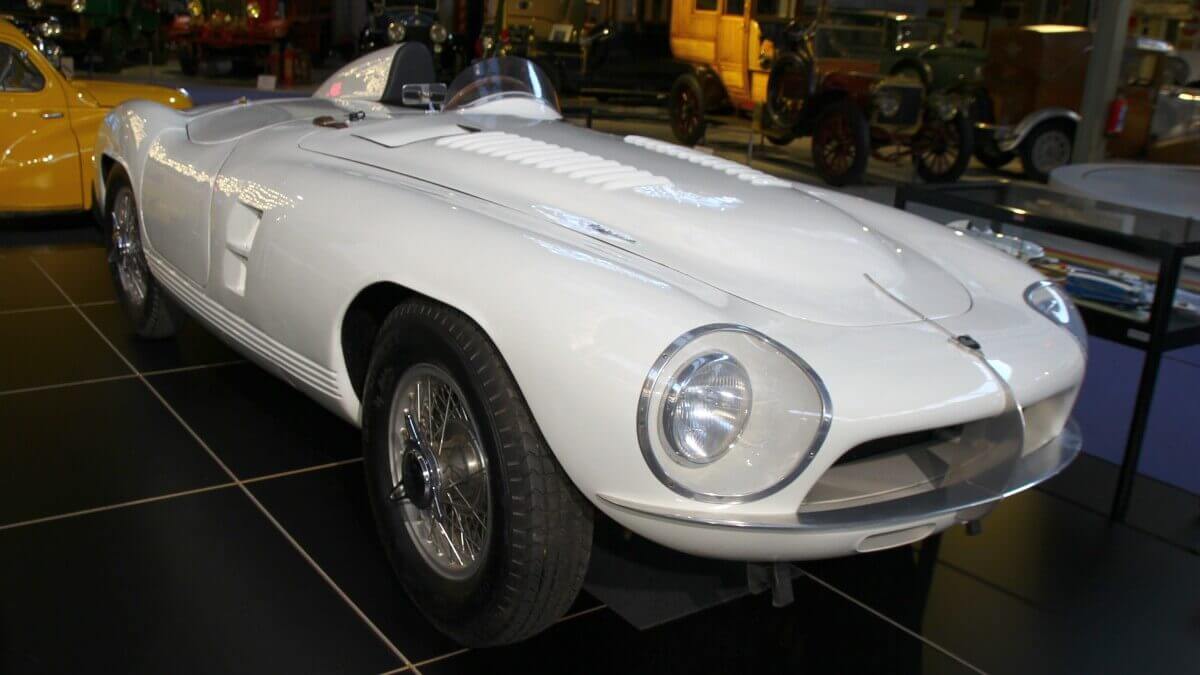



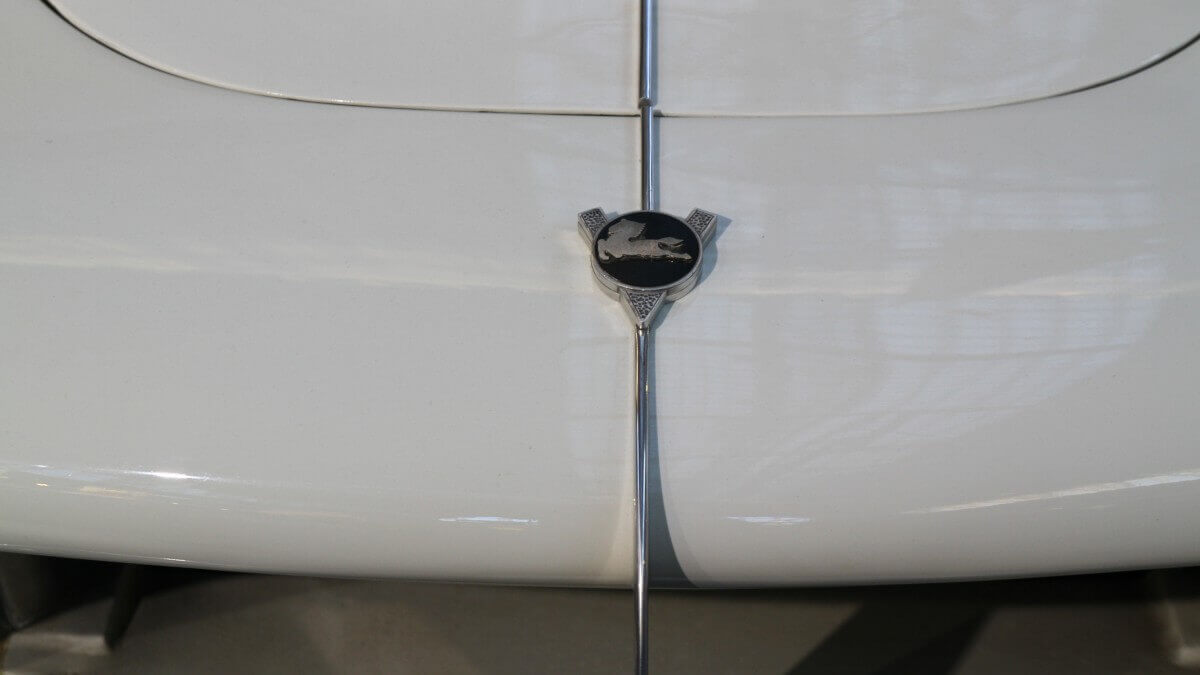

However, the newly developed trucks and vans couldn’t compete well in the export markets against established competitors. Therefore, ENASA was looking for other ways to improve the company’s reputation, and finally came up with the idea of developing high-quality sports cars. Together with the brothers Pagani, Juan Antonio Suanzes Fernández (director of the INI and then Spanish Minister of Industry) and an engineering staff, of which today almost only the surnames Benetti, Fava, Zoppi, Bindoni, Curtani, Biolino, Tordella, Moro, Marcenaro, Picciolato, Bascuniana, Baguena and Valls are known, Wifredo Ricart set out to build a unique automobile. They developed a chassis made from partially perforated aluminium profiles and load-bearing wheel arches. At front it housed a newly developed V8 engine with two overhead camshafts including gear drive, desmodromic valve control without valve springs and 2.5 liters of displacement. It also featured a De-Dion rear axle, individually suspended front wheels and a manual five-speed gearbox with integrated limited slip differential at the rear axle. Initially, the bodywork was designed by the inhouse body shop of ENASA, which was more capable of building commercial vehicles and therefore tended to heavy stainless steel constructions. After the world premiere of the Pegaso Z-102 at the Paris Motor Show in 1951, the decision was made to commission external coachbuilders for later vehicles and thereby put value on aluminium as a material for the bodies. Previously, the Z-102 Cúpula as a unique concept car debuted at the Paris Motor Show 1952 together with first copies of the Z-102 with bodies by Saoutchik and Touring.
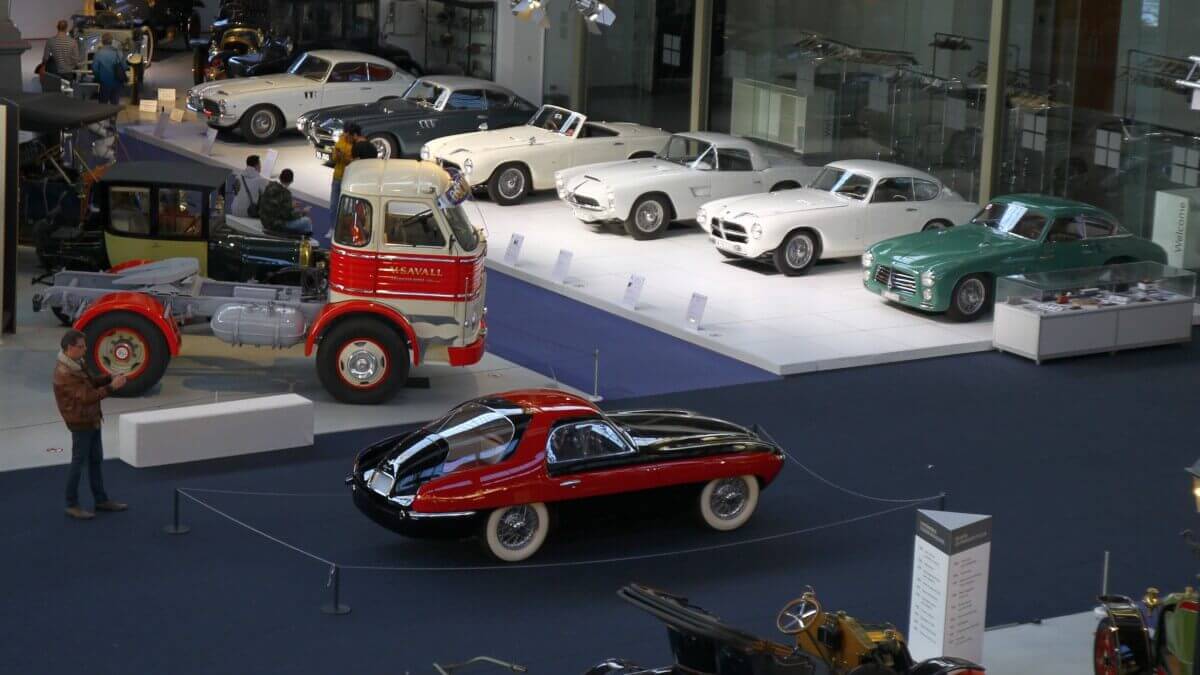

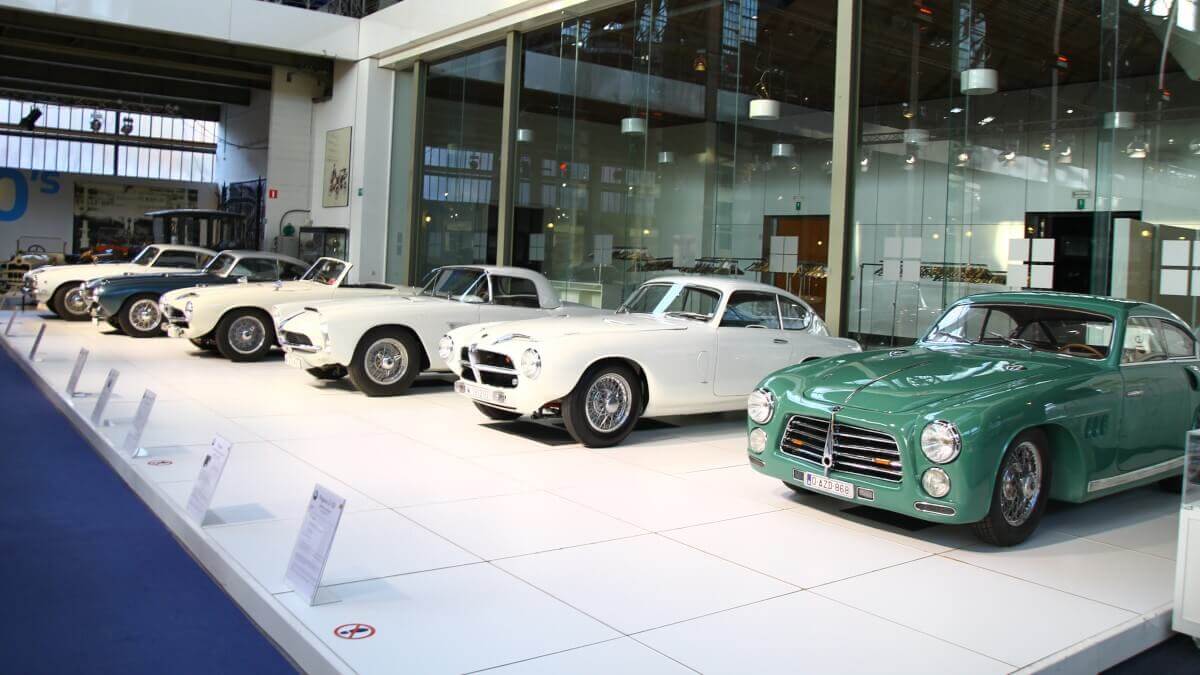

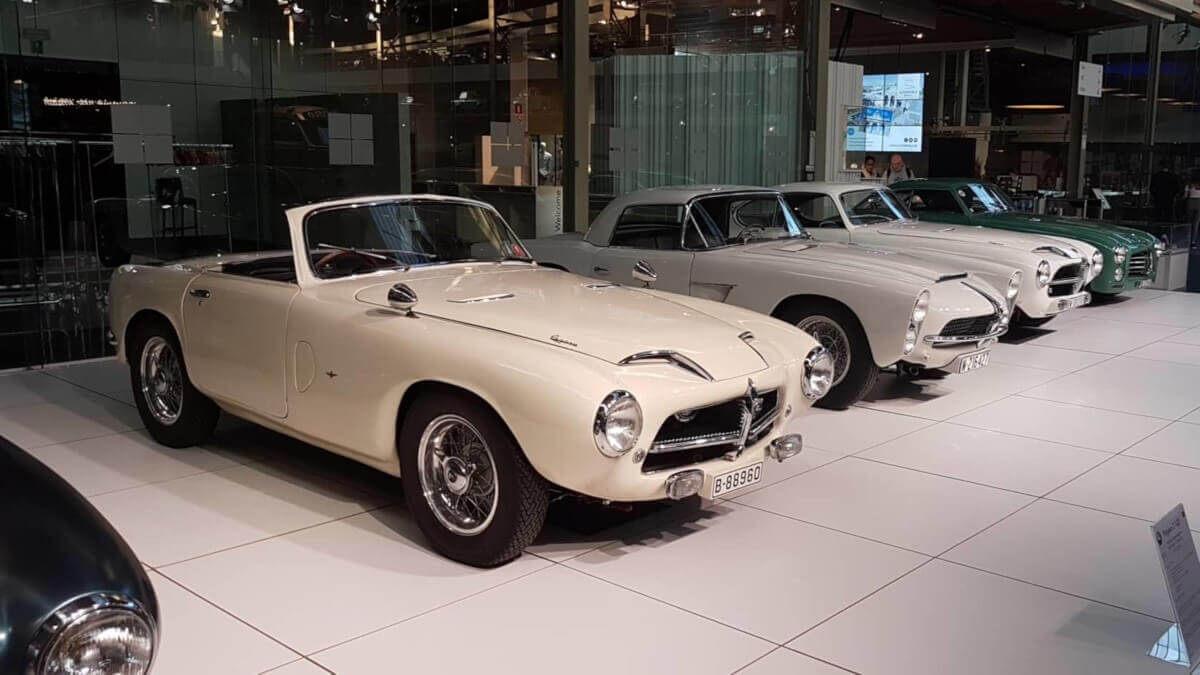

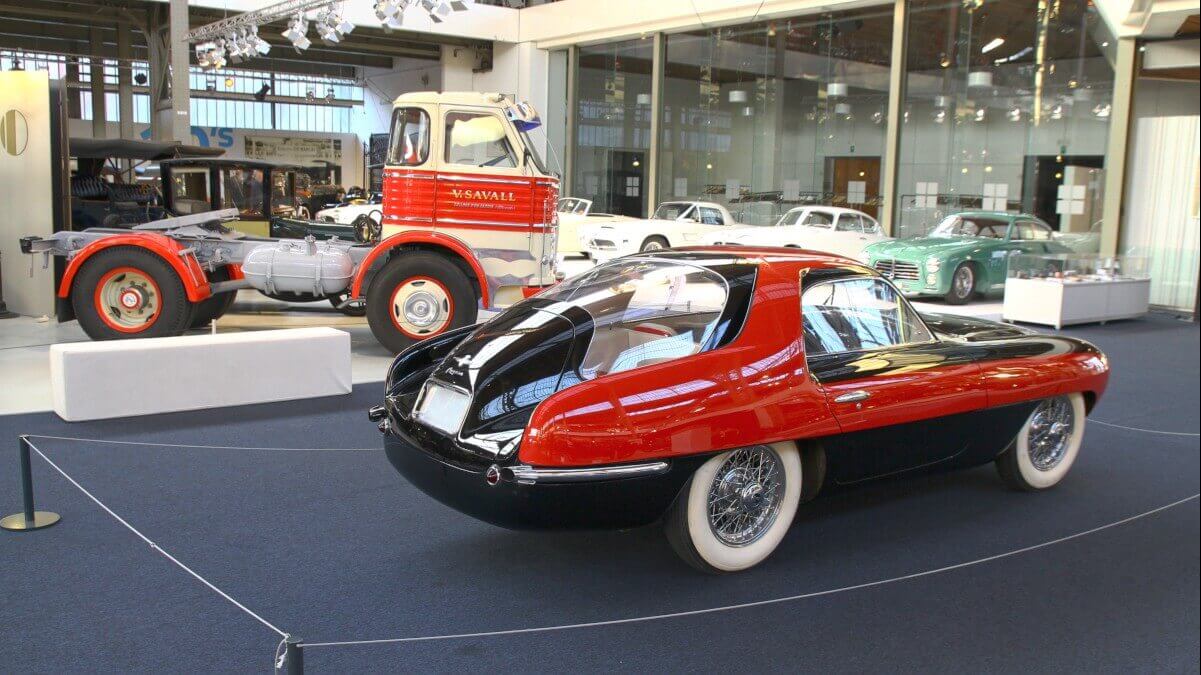





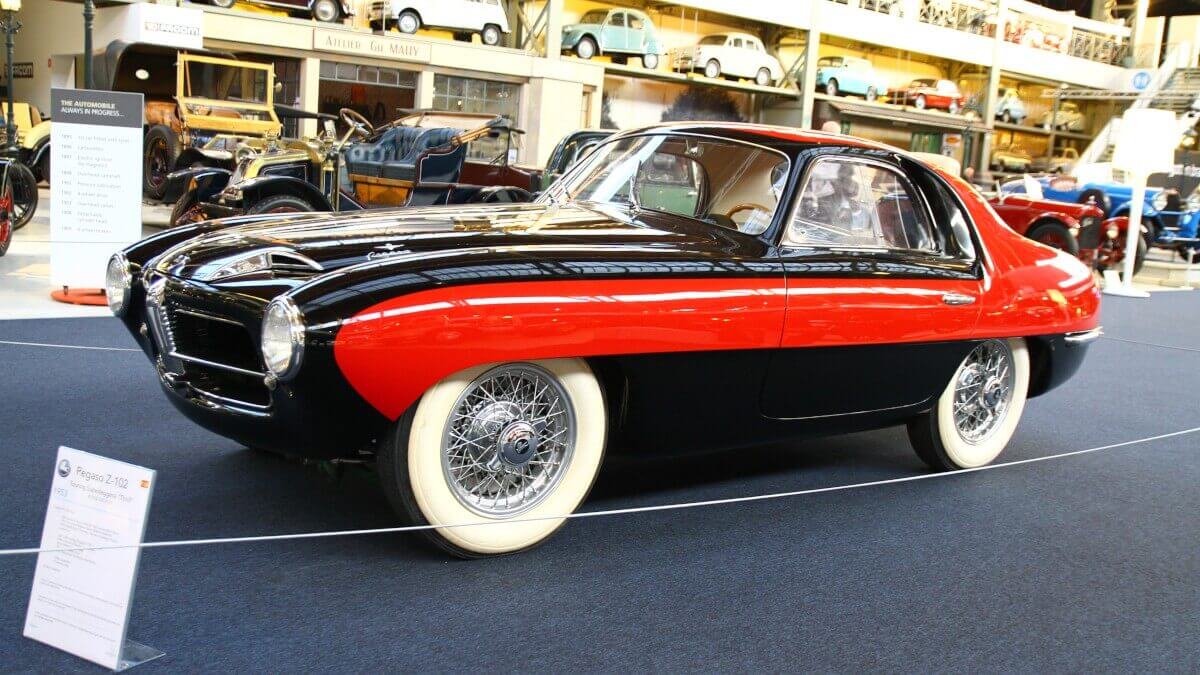





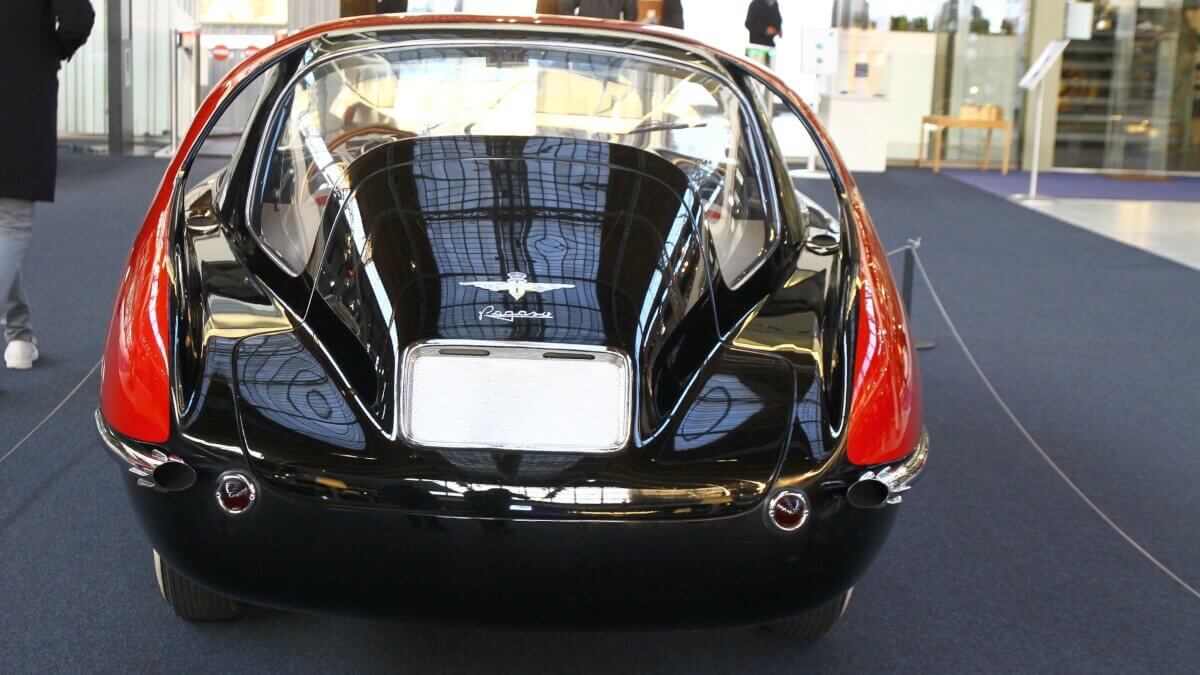











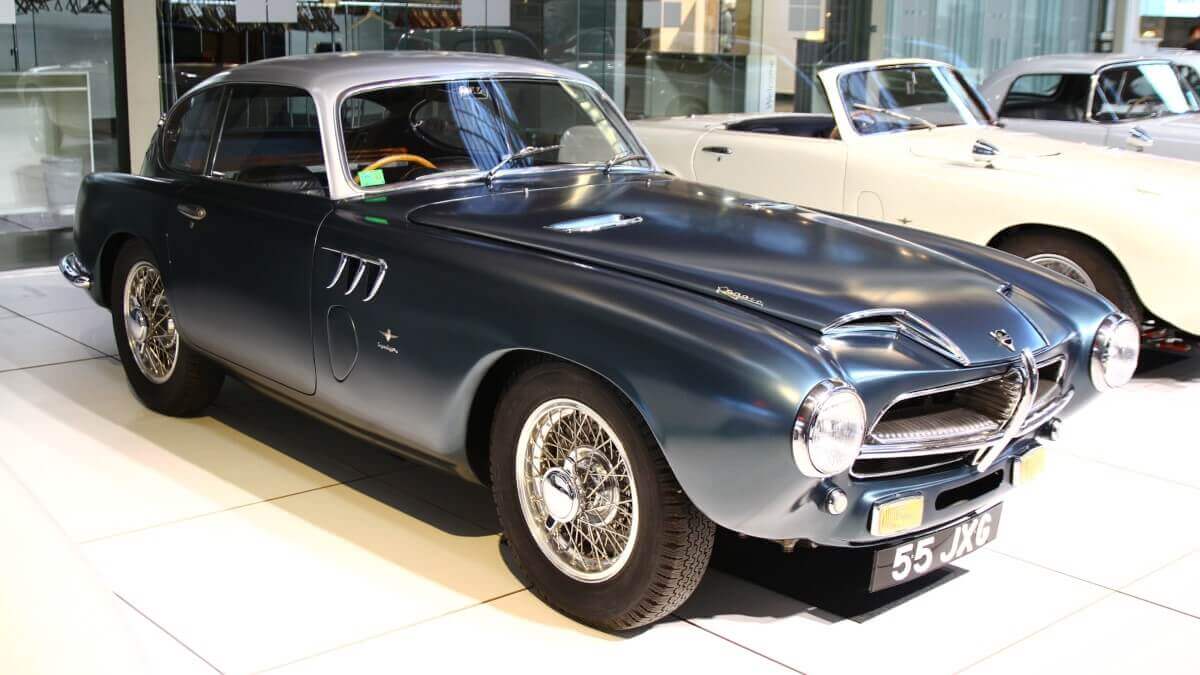



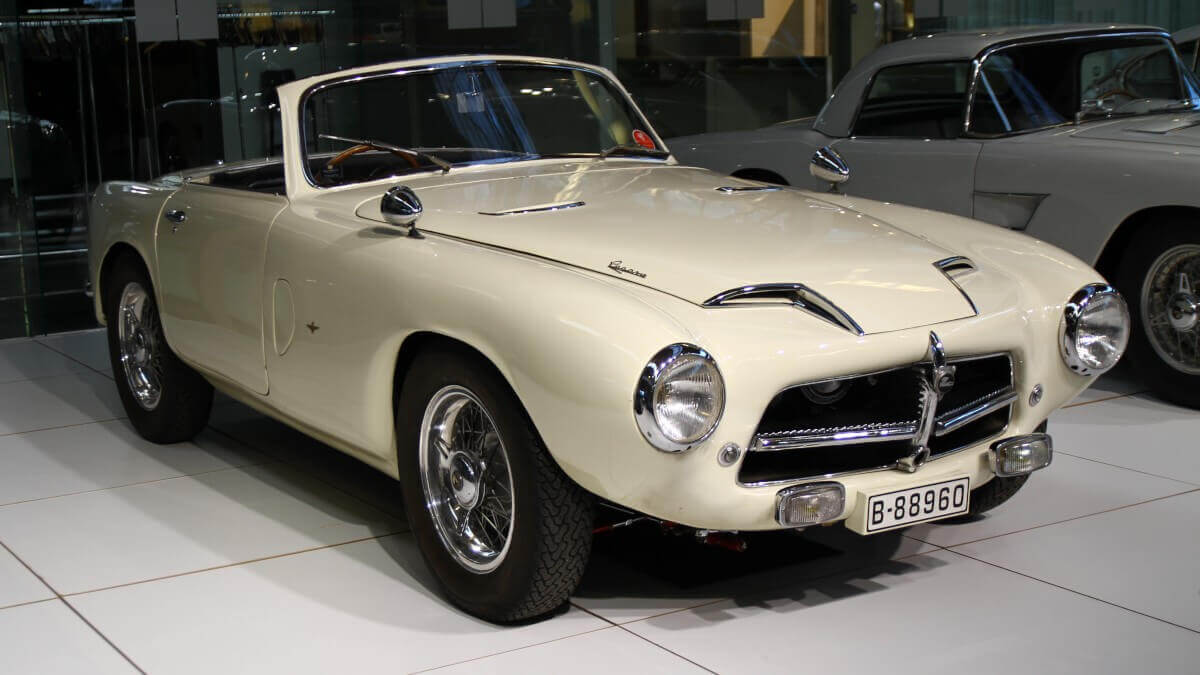







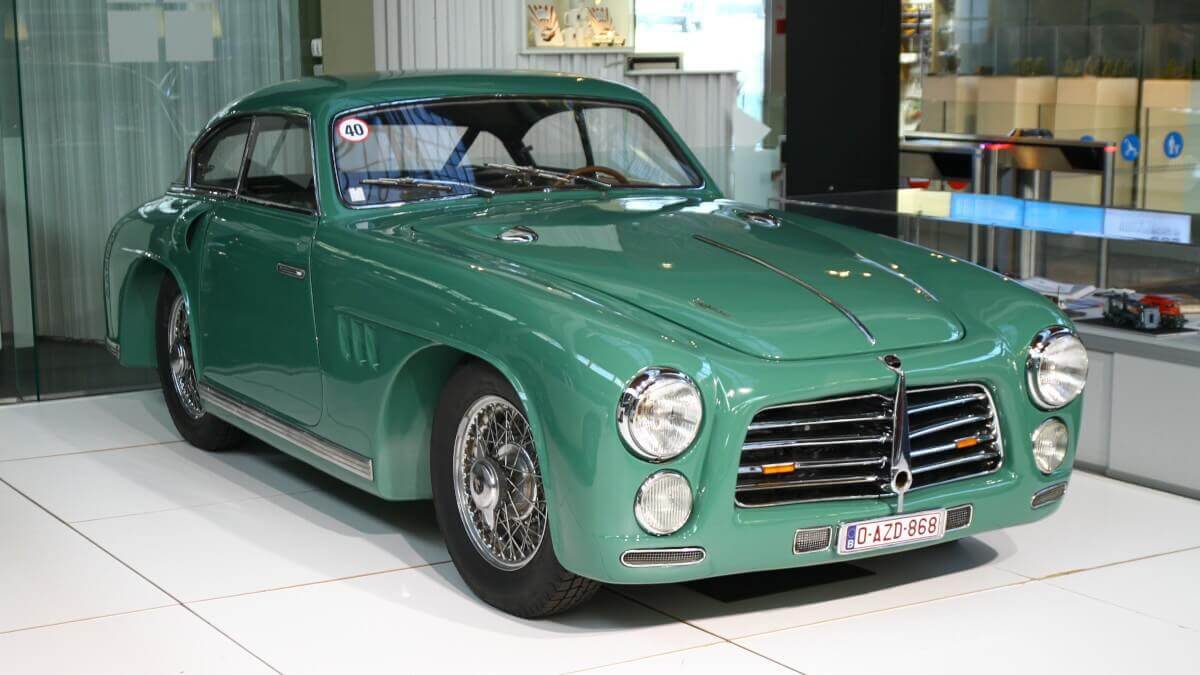



To demonstrate the Z-102’s sporting capabilities, Pegaso competed in Spanish and international races. They took one car for the Grand Prix of Monaco in 1952, but it already failed during the trainings sessions with brake failure. At the 24 Hours of Le Mans in 1953, the racecar crashed in training and could not be repaired in time for the race. The following year, another Pegaso ran in the Carrera Panamericana with good prospects of success, but also failed to finish after an accident. For Celso Fernández it all worked better, when he drove a Z-102 with the new 2.8-liter engine version on 25 September 1953 on a highway near Jabbeke in Belgium to four world speed records under the official eyes of the RACB (Royal Automobile Club of Belgium) and thus replaced the Jaguar XK120. The larger engine version received four double downdraft carburettors from Weber and could additionally be ordered with superchargers. As a result, the performance climbed up to 360 hp, which allowed around 250 kph (155 mph) of topspeed – more than contemporary Ferrari models. It was followed by another version with 3.2 liters. Today it is no longer detectable how many vehicles were delivered with which engine. Some time later, the Z-103 debuted as a technically simplified and thus cheaper successor, which was offered with either 3.9, 4.2 or 4.5 liters of displacement. In comparison to the Z-102, the new engines were equipped with only one camshaft per cylinder bank and suspended valves.
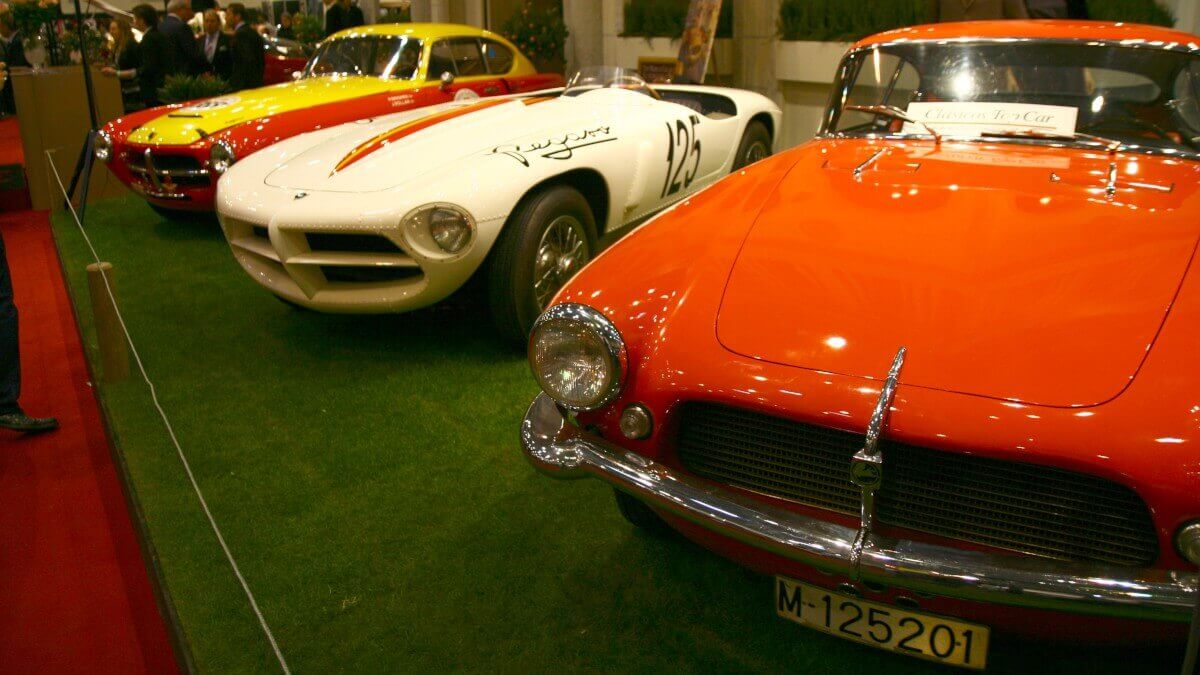

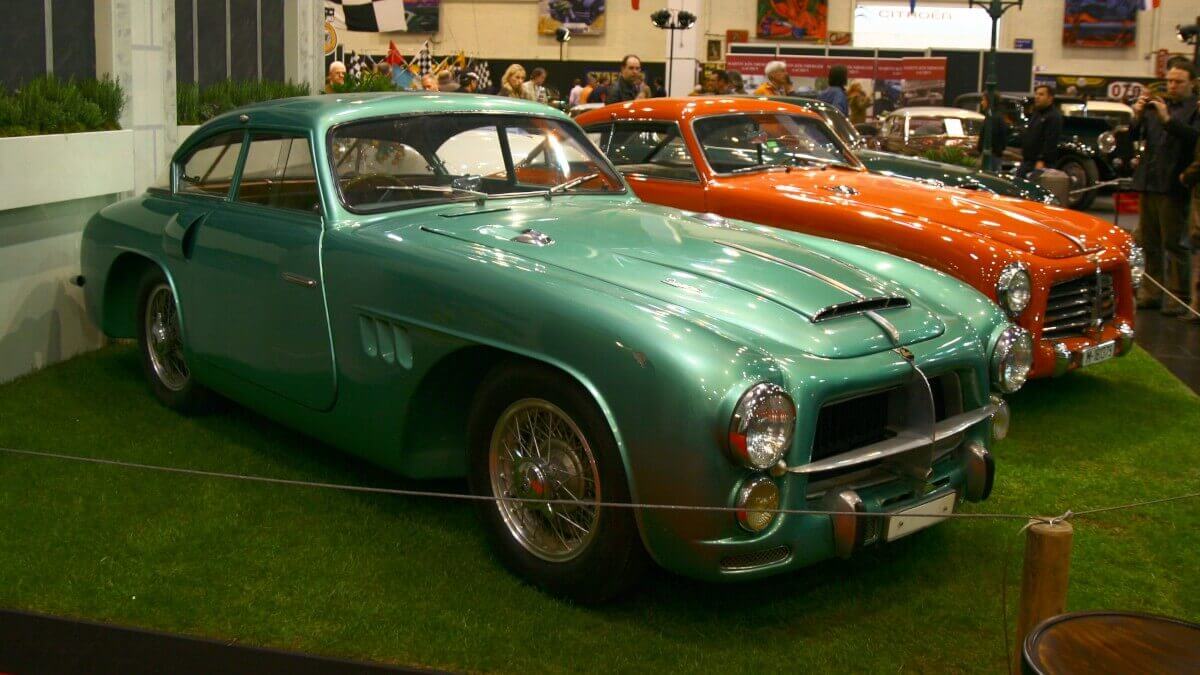

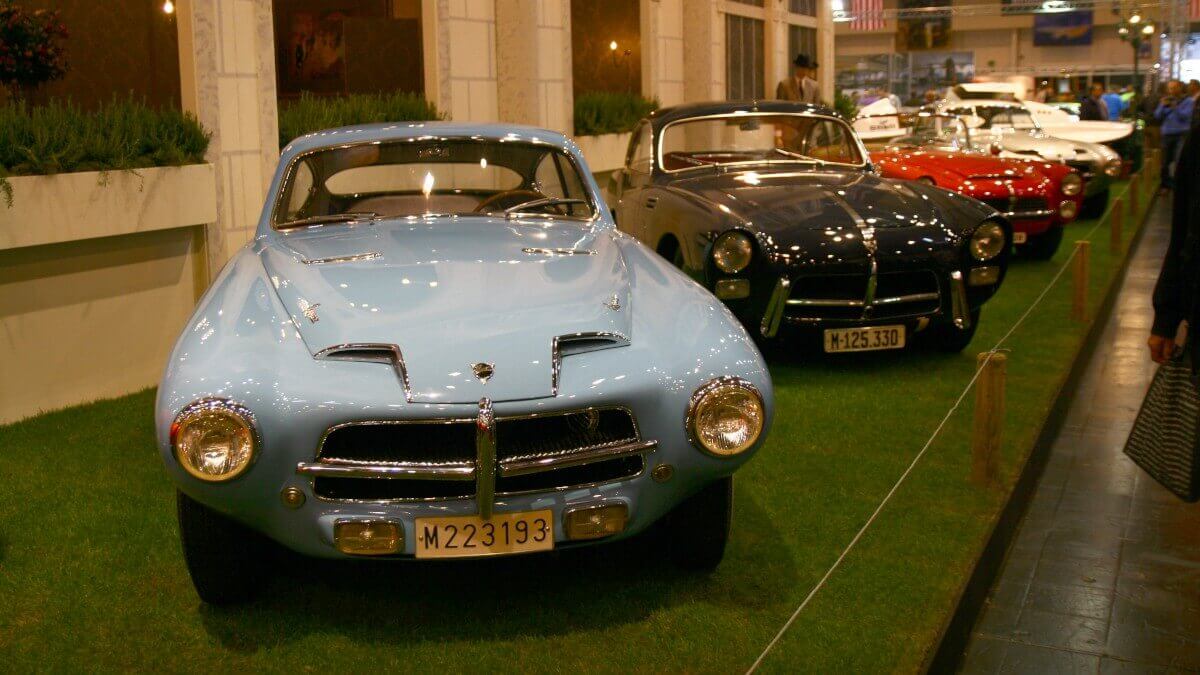

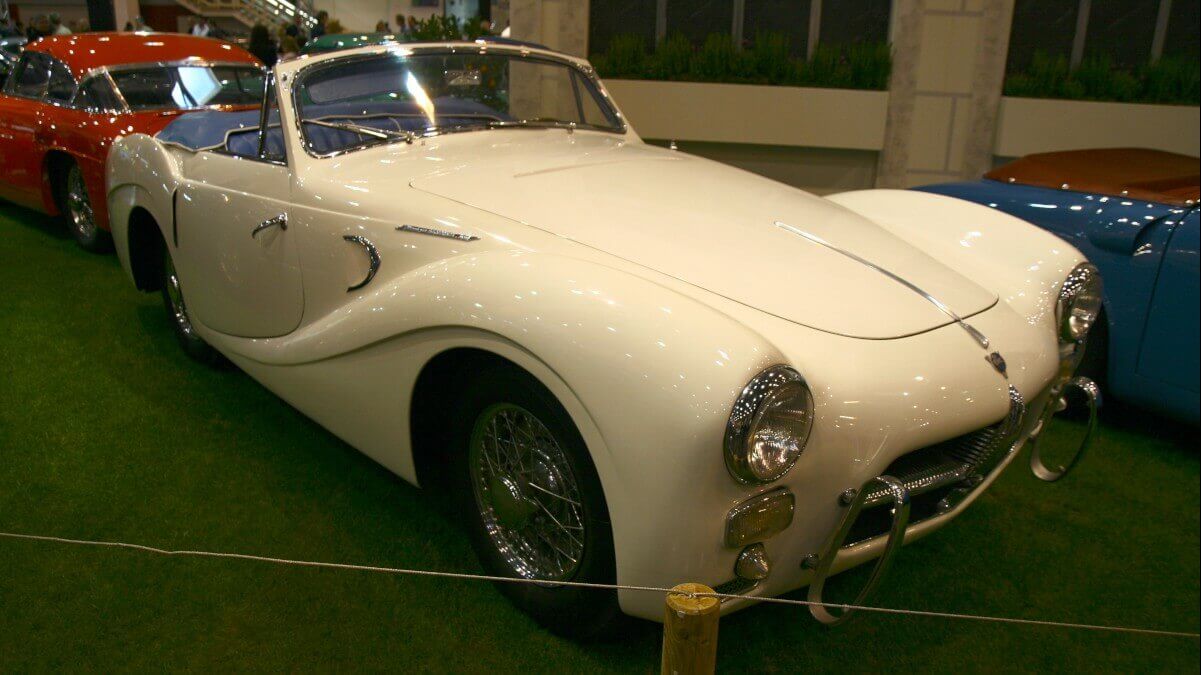







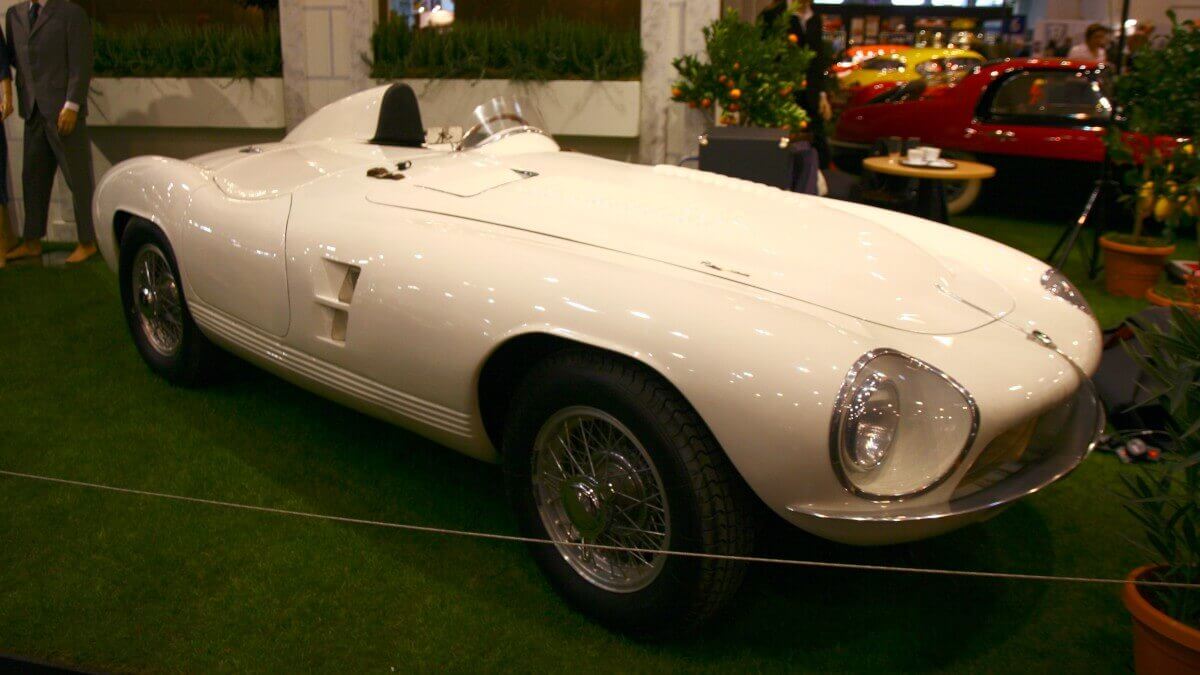

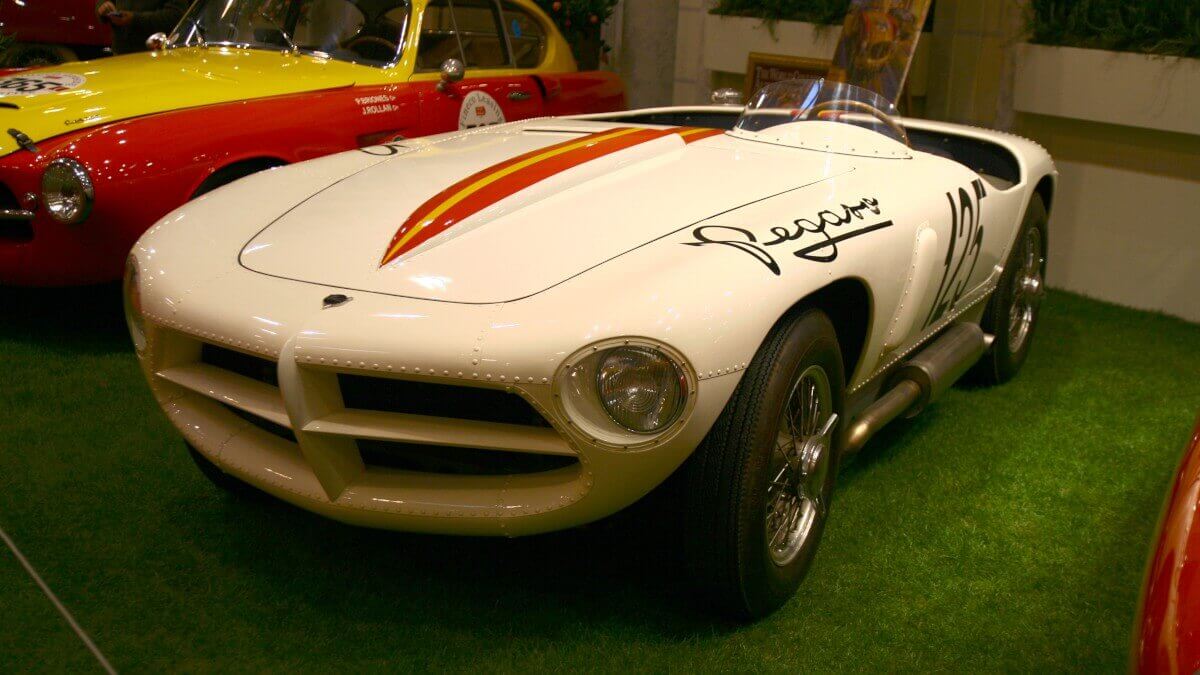

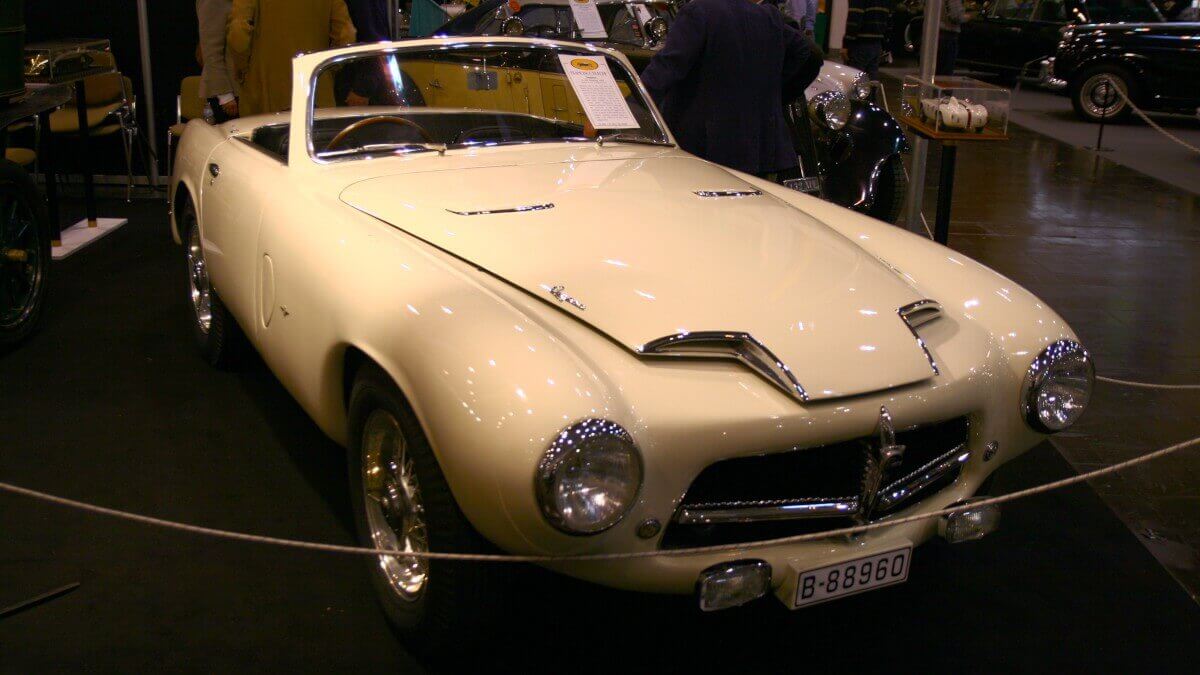







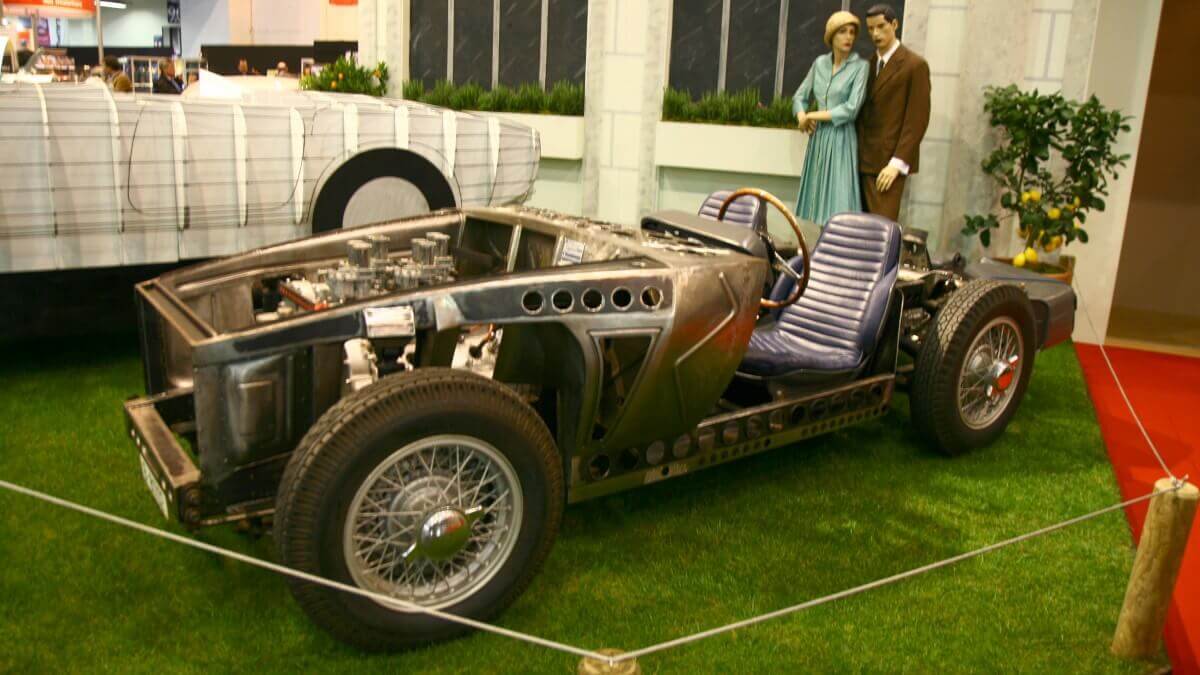

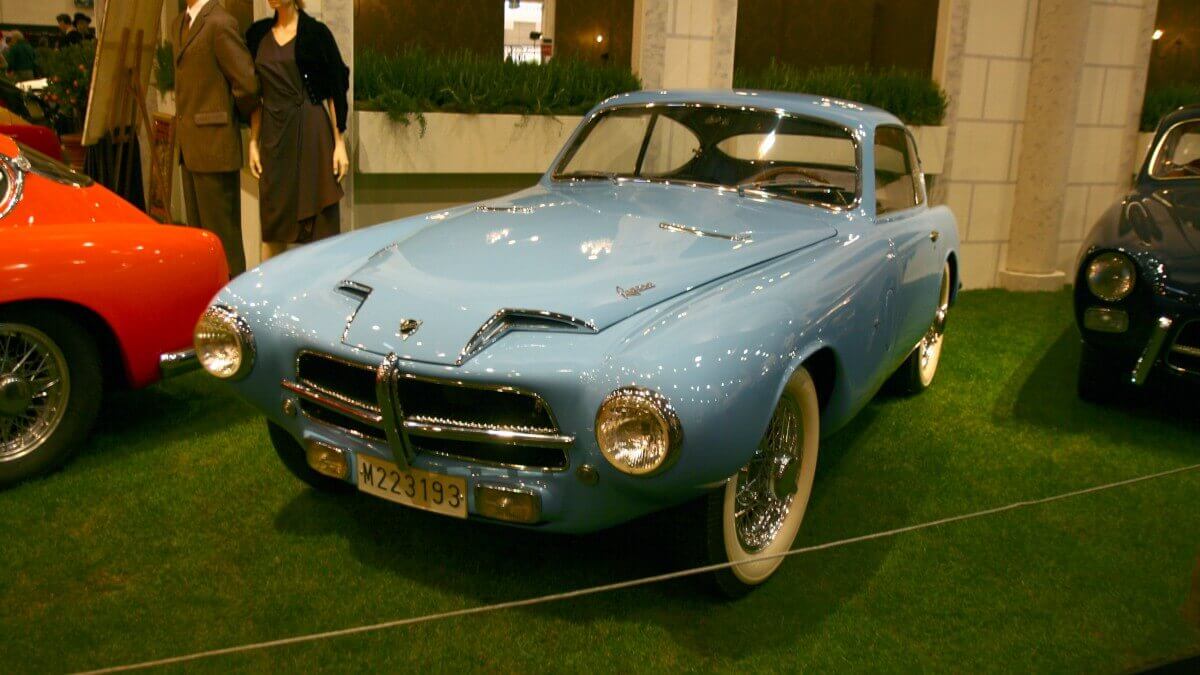



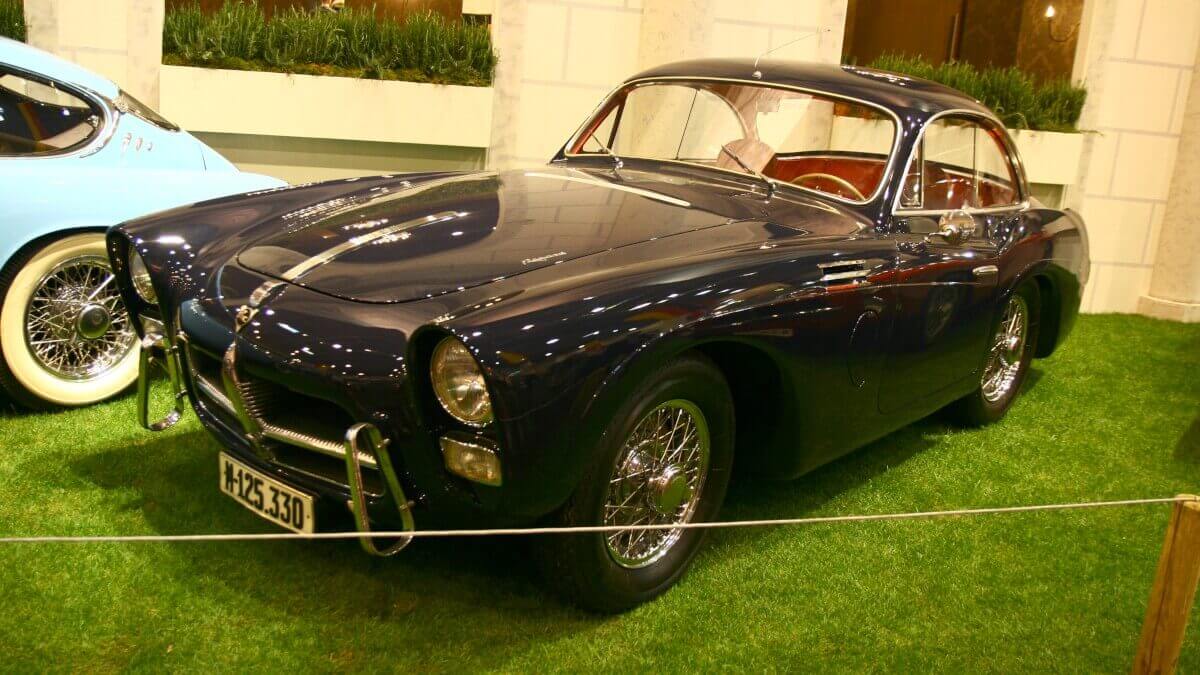







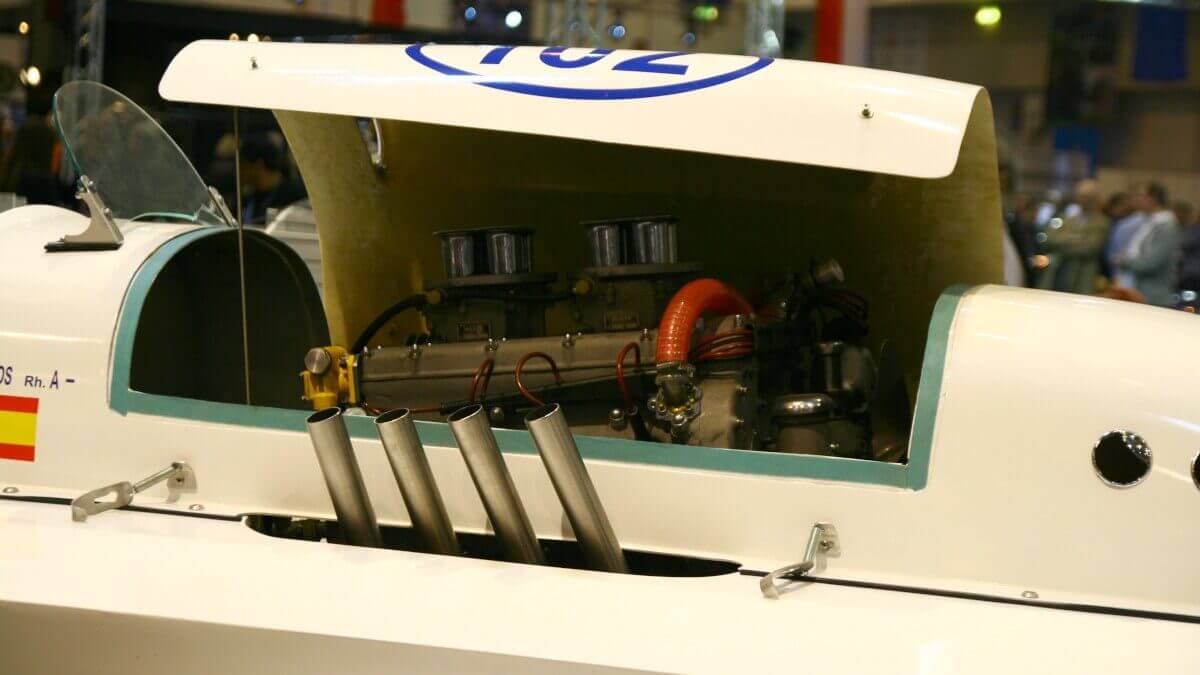

The high sales prices, resulting from the complicated construction, ultimately led to the fact that only a few vehicles could be sold. Also sensational one-off concept cars like an advanced Z-102 Cúpula or the Z-102 Thrill by Touring couldn’t change this. Even the Z-104 V8-engine with 4.7 liters of displacement presented in 1956 couldn’t cause a turning point. So the car production at Pegaso finally ended in 1958 – also because General Franco personally ordered shortly thereafter to scrap all the production facilities. In the following years, the focus was even more on commercial vehicles and trucks. For this purpose, they signed a cooperation agreement with Leyland from the UK in 1961 to produce their eight-ton truck Comet including its 6.5-liter engine with 125 hp under license. Until the annexation of Spain to the EU in 1986, this treaty remained intact. Subsequently, Iveco took over the ENASA production facilities and produces trucks in them until today.
How many Pegaso sports cars actually have been built is not clear. The estimates range from 74 up to 125 copies, of which probably only three were Z-103s. In 1988, the British company IAD (International Automotive Design) produced eleven continuation cars of the Z-103 with modern technology below their bodywork inspired by the Serra Spyder. Actually, even 60 vehicles should have been built, which was never achieved due to lack of interest. 13 of the Spanish sports cars are currently exhibited together with a Pegaso Comet in a special exhibition in the interesting car museum Autoworld in Brussels. Until December 9, 2018, these vehicles can be inspected. Our third picture gallery shows an even larger meeting of these Spanish cars during the Techno Classica 2012 including a race boat with Pegaso engine.
Images: Matthias Kierse


